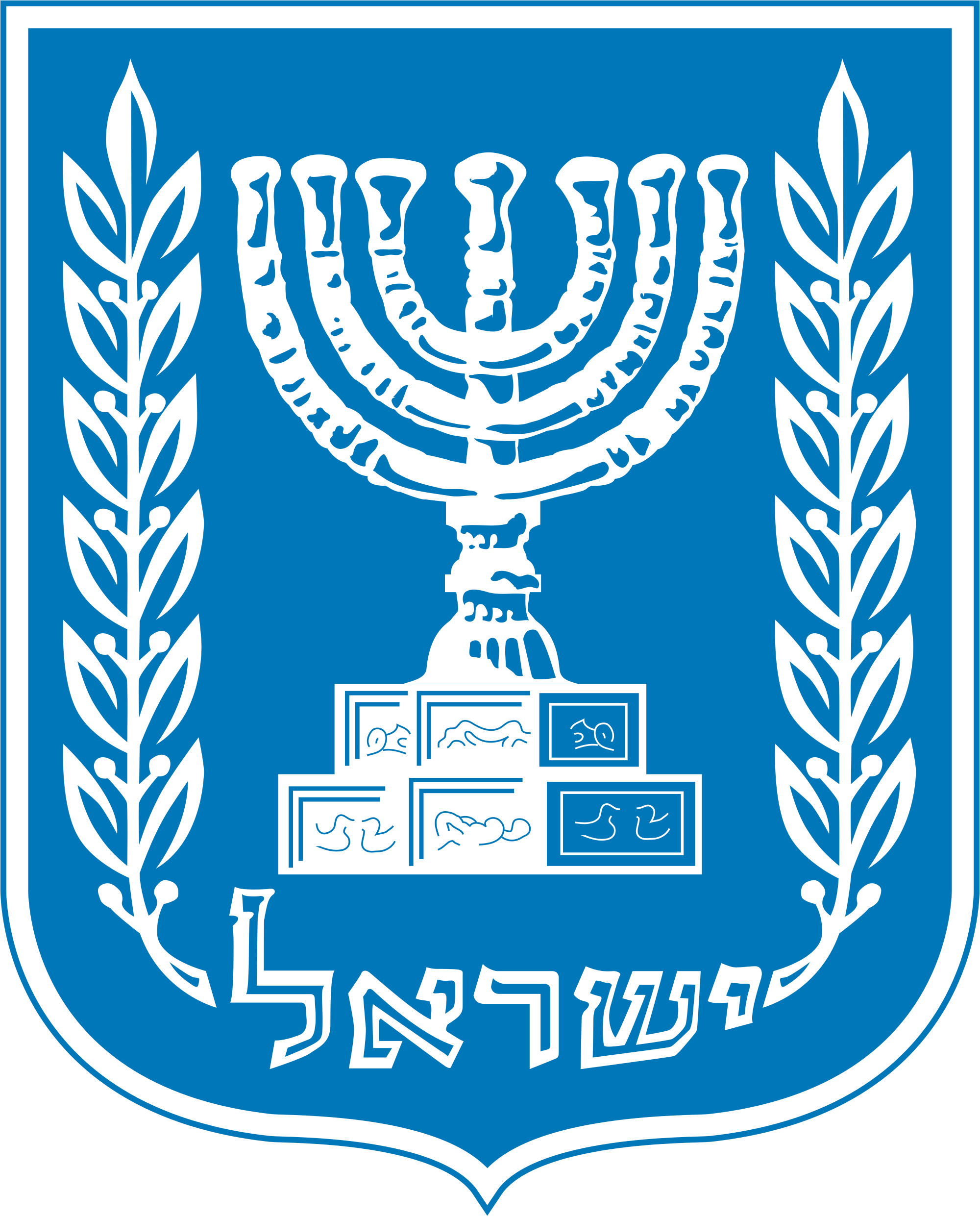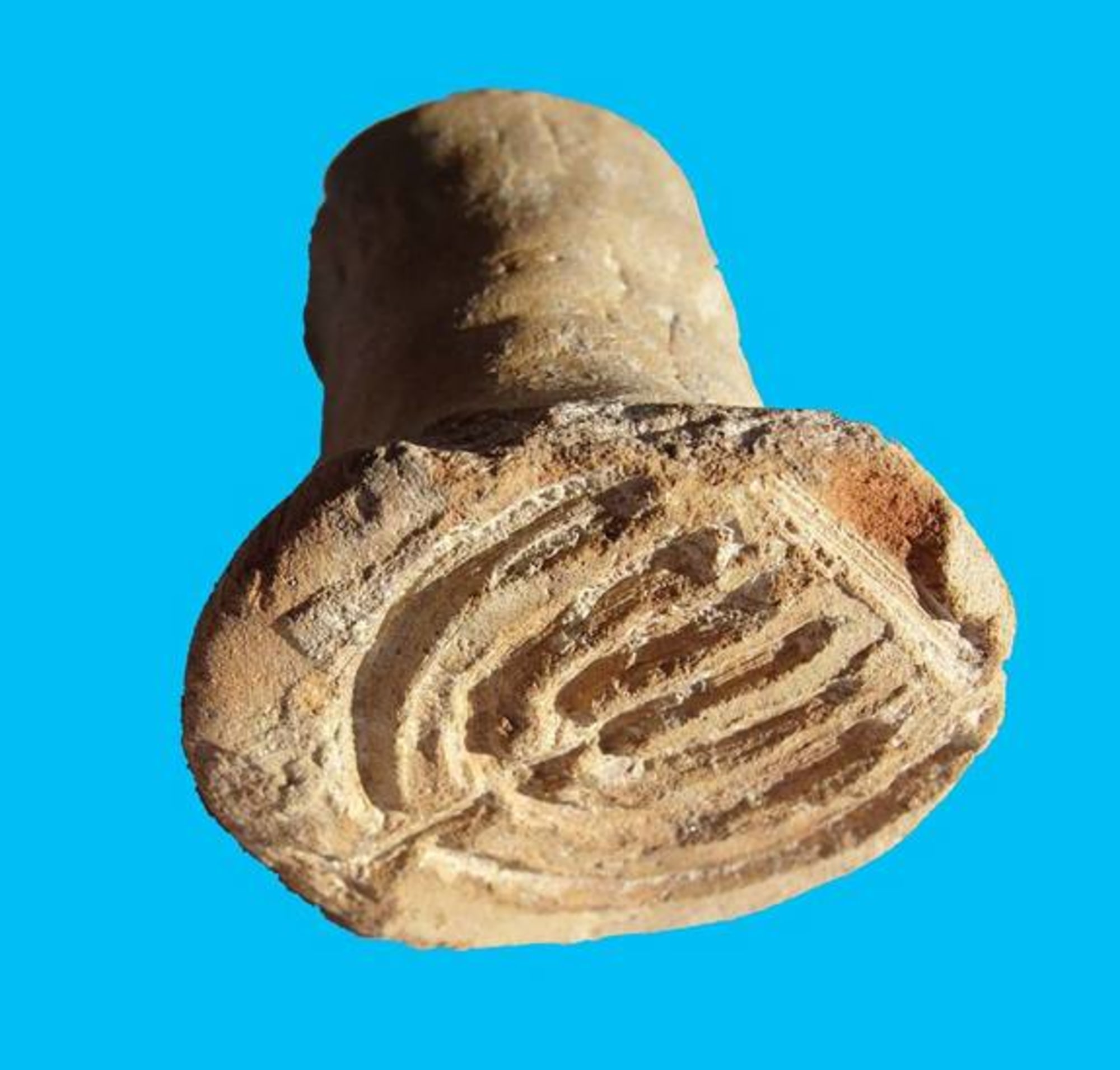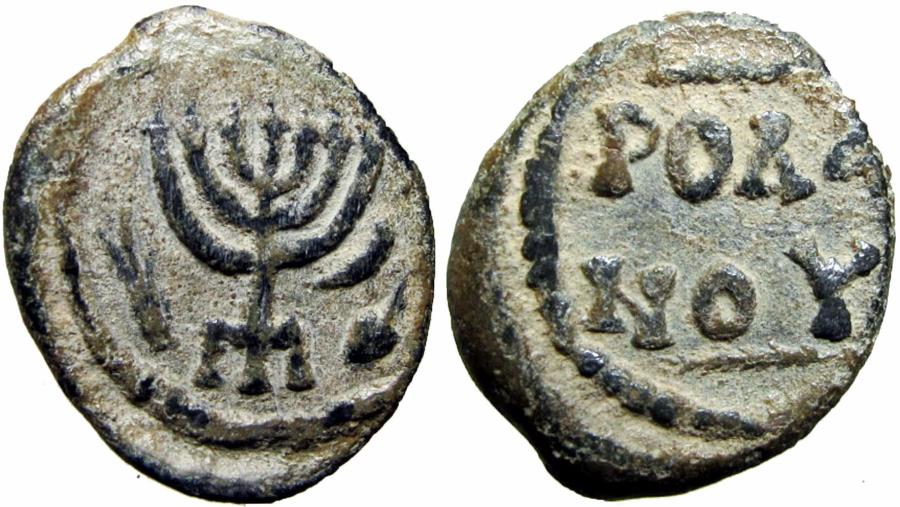"Dark times," in the broader sense I propose here, are as such not identical with the
monstrosities of this century which indeed are of a horrible novelty. Dark times, in contrast, are not only not new, they are no rarity in history, although they were perhaps unknown in American history, which otherwise has its fair share, past and present, of crime and disaster. That even in the darkest of times we have the right to expect some illumination, and that such illumination may well come less from theories and concepts than from the uncertain, flickering, and often weak light that some men and women, in their lives and their works, will kindle under almost all circumstances and shed over the time span that was given them on earth— this conviction is the inarticulate background against which these profiles were drawn. Eyes so used to darkness as ours will hardly be able to tell whether their light was the light of a candle or that of a blazing sun. But such objective evaluation seems to me a matter of secondary importance which can be safely left to posterity.





Bowl fragments, 300 CE
Coin minted by Matityiahu Antignus, last of Hasmonean Kings, c. 200CE
פירוש המשנה לרמב"ם מסכת מנחות פרק ג
ראיתי לצייר כאן צורת המנורה בשלמותה…
Commentary to the Mishnah, Maimonides, Tractate Menachot Chapter 3
I saw fit to draw here the shape of the Menorah in its completeness...

רש"י שמות פרק כה פסוק לב
(לב) יצאים מצדיה - לכאן ולכאן באלכסון:
Rashi Exodus 25:32
Emerging from its sides - on either side in a diagonal.
מצותה משתשקע החמה עד שתכלה רגל מן השוק...
עד שתכלה רגל מן השוק ועד כמה אמר רבה בר בר חנה אמר ר' יוחנן עד דכליא ריגלא דתרמודאי:…
ת"ר נר חנוכה מצוה להניחה על פתח ביתו מבחוץ אם היה דר בעלייה מניחה בחלון הסמוכה לרה"ר ובשעת הסכנה מניחה על שלחנו ודיו אמר רבא צריך נר אחרת להשתמש לאורה ואי איכא מדורה לא צריך ואי אדם חשוב הוא אע"ג דאיכא מדורה צריך נר אחרת
Talmud Bavli Masechet Shabbat 21ab
The mitzvah (commandment) of Hanukah should be performed from the time the sun sets until ‘the last person leaves the market place’.
When is that? [i.e. how do we calculate when the last person leaves the market place?] R’Yochanan says ‘When the Tarmudai stop walking. Our Rabbis taught: The Menorah should be placed by door of one’s house on the outside. If one lives on the second floor of a building, he places it at the window near the street. But in times of danger it is sufficient to place it on the table.
Raba said: Another lamp must be lit in the room with the Menorah, because it is forbidden to ‘derive functional benefit from the Menorah’. If there is a fire blazing in the room, a second lamp is not necessary.
A. They are a nation of wood collectors who wait around in the market place until all the shoppers go home and collect leftover wood. When it gets dark and people need wood, they go and buy it from the Tarmudai. – Rashi TB Shabbat 21b Rigla D’Tarmudei
B. They are the descendents of the ten lost tribes who are of dubious lineage. Nevertheless, we consider them as Jews and not as bastards (mamzerim). For ritual purposes, they are considered nidot as Jews are. – Rashi TB Yevamot 16a Tarmud; Rashi TB Nidah 56a
(כז) נֵ֣ר ה' נִשְׁמַ֣ת אָדָ֑ם חֹ֝פֵ֗שׂ כָּל־חַדְרֵי־בָֽטֶן׃
(27) The spirit of man is the lamp of the LORD, searching all the inward parts.
“Especially at this season, when lights were miraculously lit for Israel even though they did not have enough oil, there remains light even now to help us, with the aid of these Hanukkah candles, to find that hidden light within.” The Hanukkah candles are a spiritual symbol; the light of the commandments by which we search out our inner selves. We seek out the hidden divine light within ourselves; the mitzvot are light-seeking candles, instruments given to us to aid us in that search.
When the sitra achra (the impulse to do evil) is subdued, when by laboring at his divine service a Jew subjugates the forces of unholiness and darkness transforms them into light – the ensuing light is superior because it issues from the darkness -
Bati L’Gani, published 1950, by R. Yosef Yitzchok Schneerson (1880-1950), chapter 1.
Tanya Chapter 12
מעט אור דוחה הרבה חושך – a bit of light can displace a lot of darkness. - Tanya, Chapter 12 published 1797, by R. Shneur Zalman of Liadi (1745-1812).
The major question, which we must ponder on Hanukkah, is whether the Jewish people can develop an identity that will enable it to meet the outside world without feeling threatened or intimidated. The choice, hopefully, need not be ghettoization or assimilation.



